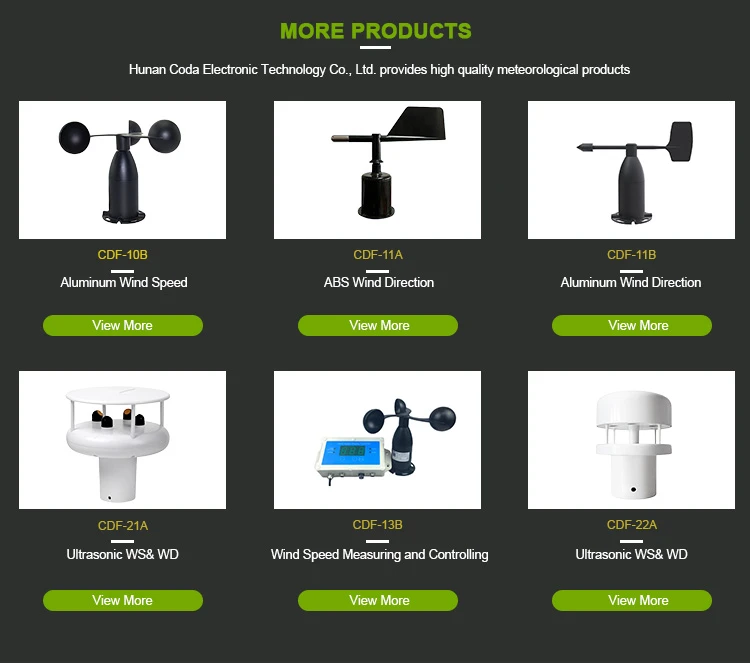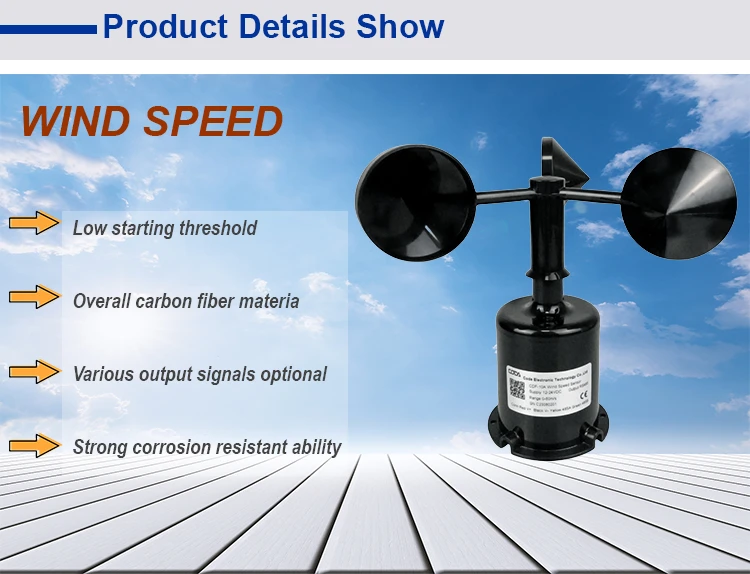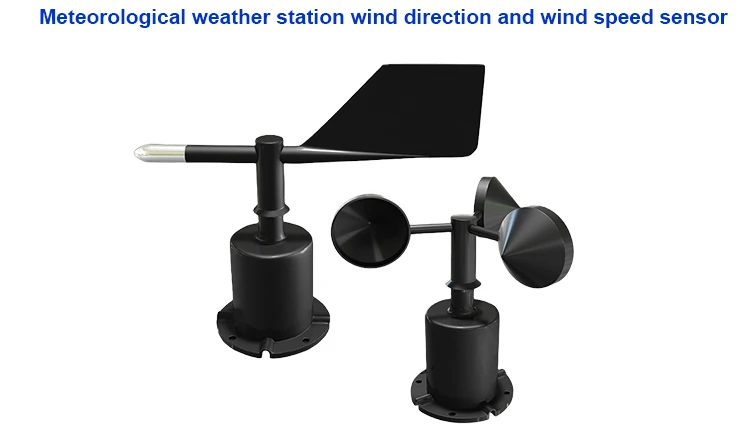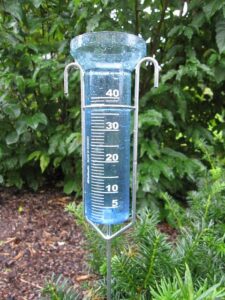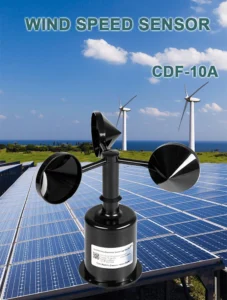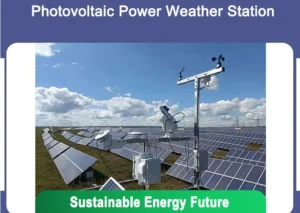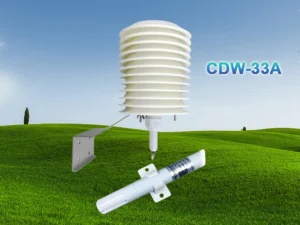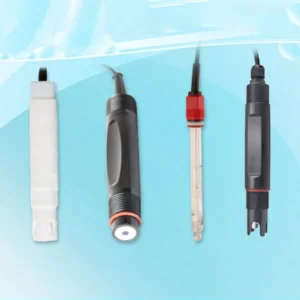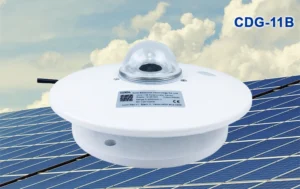Anemometer to measure wind speed both indoors and outdoors?
Anemometers are tools that measure how fast the wind is blowing. They are used in many fields, from studying the weather to doing industrial work. If you wonder if an anemometer works well indoors and outdoors, the answer is yes.
However, there are some things to think about based on the setting. Let’s delve deeper into how these devices operate and adapt to distinct environments.
Using Anemometers Outdoors
Anemometers are often used outside. You can find them at weather stations, airports, building sites, and wind farms. These devices often have cups or blades that rotate. They catch the wind and turn its movement into data.
This data helps to measure wind speed. These tools are designed to work in bad weather, such as rain, snow, and strong winds. They are strong and great for outdoor use.
Proper placement is crucial when using an anemometer outdoors to ensure accurate readings. It should be placed in open areas. Keep it away from buildings, trees, and other things that might block airflow. Also, elevation is important because wind speed usually goes up as you get higher above the ground.
Outdoor anemometers help us track weather patterns. They help keep people safe when it is windy. They also provide data for renewable energy projects. Meteorologists, engineers, and researchers benefit from the precision offered by these devices.
Using Anemometers Indoors
Anemometers are mainly used outside. However, they can also be helpful indoors in some cases. Indoor use often looks at airflow in HVAC systems, cleanrooms, labs, and factories.
These anemometers measure how fast air moves. They help control the quality of air flow and follow industry standards.
To get accurate results indoors, it is important to understand the airflow in the space. Room layout, the placement of air vents or windows, and working HVAC systems can change air movement.
This can change how reliable an anemometer is. Also, the type of device you choose is important. Some models are made for low air speeds. Some people can go faster.
In indoor spaces, anemometers can help make the air better. They enhance HVAC systems and find ventilation problems. This leads to better comfort and safety for everyone. The data from these devices helps save energy and follow environmental rules.
Challenges in Outdoor vs. Indoor Use
Anemometers are useful tools, but they have problems that can affect their readings in different situations. Outdoors, factors like rough ground, plants, and nearby objects can cause turbulence. This turbulence can impact how accurately we measure things. Inside, things like vents, exhaust fans, and airflow from HVAC systems change how air moves around the device.
It is important to keep a steady airflow around the anemometer. This helps us get trustworthy results. Regular calibration of the device and following correct installation practices also play a significant role in ensuring precision.
Anemometers are still very useful. They are used to monitor the weather, check safety, conduct research, and work on energy projects. By knowing their strengths and weaknesses, users can be more effective. This helps them keep accurate measurements.
New improvements in anemometer technology have changed how we measure wind speed and direction. These improvements provide better accuracy, reliability, and functionality in many different settings.
Modern anemometers use new sensors and smart data processing. They also have wireless connections. They provide real-time data and analysis for many uses.
A big breakthrough is the use of ultrasonic sensors. These sensors measure wind conditions and have no moving parts. This change helps things last longer and work better.
This technology has clear benefits over old cup-and-vane designs. Ultrasonic anemometers are ideal for situations that need high accuracy and low maintenance. These situations include weather research, wind energy studies, and managing air quality.
Summary:
A new idea is to add internet access and cloud data solutions to anemometer systems. These smart devices let users access wind data from anywhere. They provide features such as real-time alerts, data visualization, and analytics.
This connection brings a lot of value to many industries. It provides tools that help you watch and improve your decision-making.
New anemometer technology has changed the way we measure wind. It offers more flexibility and efficiency. These new ideas help users stay safe, perform better, and make good choices with trustworthy data.
Anemometers are important tools for measuring wind speed both inside and outside. They help with weather forecasts. They also make HVAC systems better, work on renewable energy projects, and help with scientific studies.
Challenges can come up when using these tools in different places. However, new technology has made devices that are stronger and more accurate. Knowing what anemometers can do and what they cannot helps users get accurate measurements. This also makes sure that their work is safe, comfortable, and efficient.
